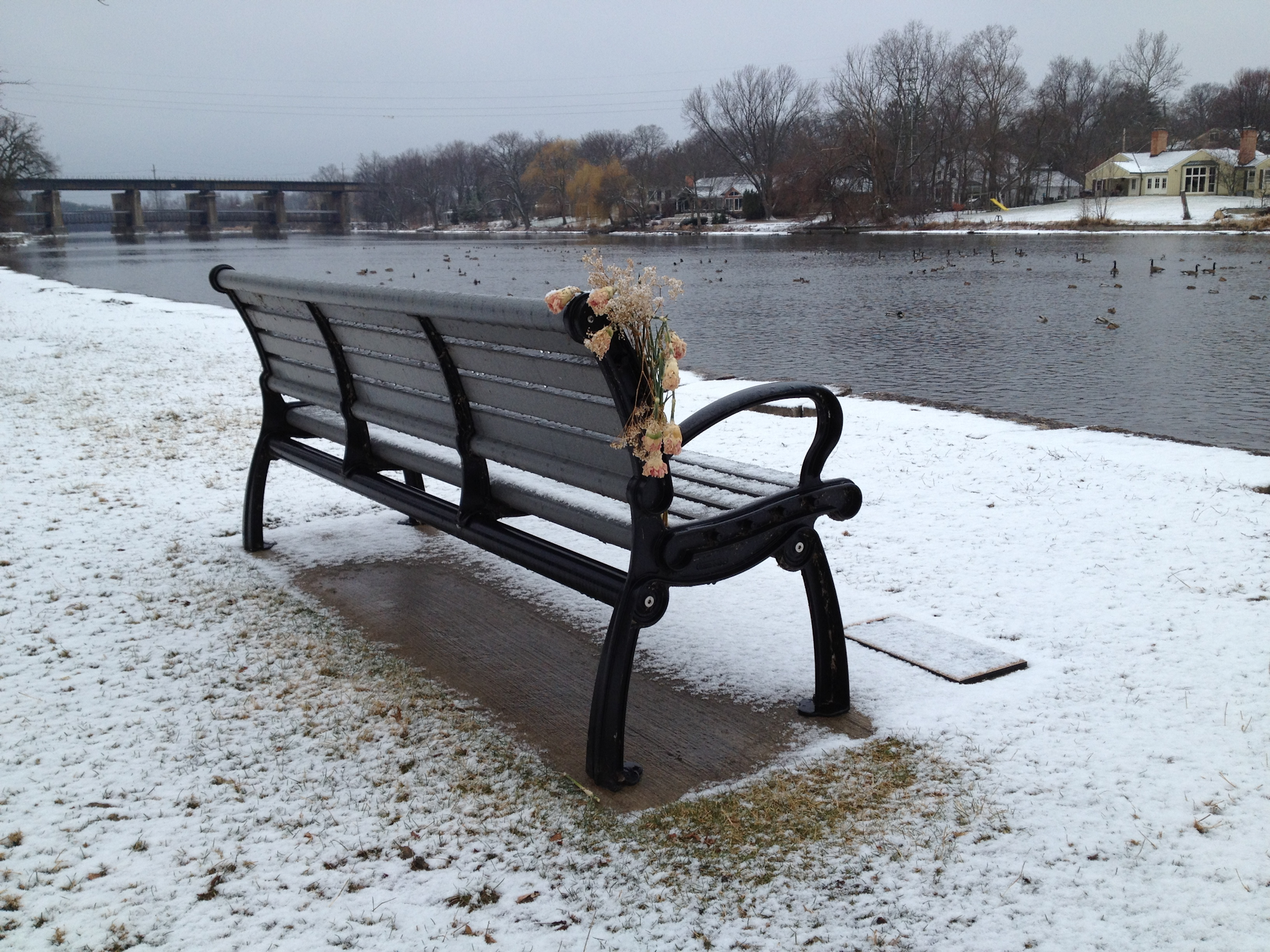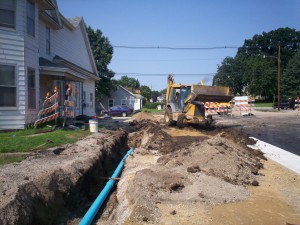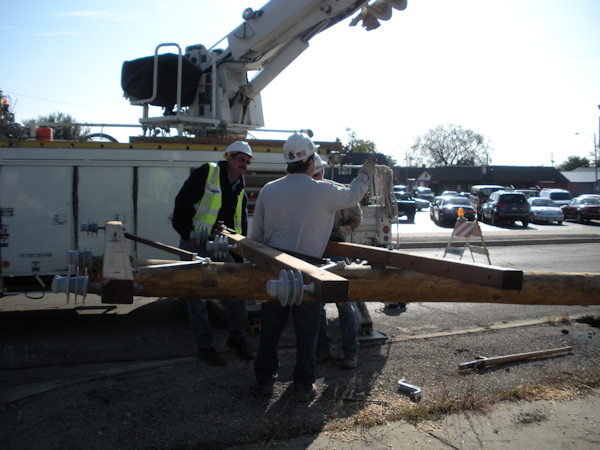Raising water or sewer rates is never a popular move, and in this economy many have tried to avoid it as if they are fleeing from a zombie apocalypse. But for many utilities expenditures are exceeding revenues, and there's sometimes little choice other than a rate increase. You can only cut so much from a budget before negatively impacting service levels and quality. But is this an unavoidable consequence of a bad economy? And can rates be set to sustain a utility even during times like these? Let's explore the history of rate structure, how it has impacted us today, and some solutions for going forward.
History of Water Rate Structures
In the U.S., there have been basically three types of structures or a mixture of two of the three:
- Uniform rates
- Increasing rates based on usage
- Decreasing rates based on usage
Some utitlities also applied a fixed fee in addition to the rate, but often this was not a significant amount. Water systems also created categories of users sometimes applying different rates to different users. Of the three structures listed above, number three was usually the more popular. After all, water was everywhere! And this was particularly true for cities with a large manufacturing base dependent on water for their process. It was almost as if utilities were begging people to consume water.
Based on stories I've heard from the "old timers," back then the water fund was never out of money. And they could always depend on it to carry the other funds. So what happened?
Water Rates & Water Funds Today
Our country has over the last couple decades transformed their view of water as an unlimited supply. Yes, water never really goes away, but it can become increasingly contaminated or placed into a state that costs significantly more to collect and improve its quality. So our view of water has changed to that of a valuable resource and commodity. And to encourage customers to conserve water, many utilities have changed rates to increase as water usage increases. At the same time, water regulations have significantly increased and only show signs of becoming even more stringent. The net result of all this is people using less water (yay! our conservation methods worked) causing a decrease in revenue (boo! we didn't see that coming!?) and the cost to collect, treat, and deliver water has skyrocketed causing an increase in expenditures. Then on top of that we had the recession with people cutting back even more on water just to save money or leaving behind vacant homes that generate no revenue for utilities.
Of course as they say hindsight is better than foresight. But it's surprising to me how many want to cling to the old ways going forward. Even as revenue is dropping and funds are bleeding, they continue to propose the old water structure of a decreasing rate based on increased usage. And many times with no fixed rate or a very small rate attached. This is simply not sustainable.
Implementing Sustainable Solutions
So what does work? This post cannot begin to offer the right answer for every situation. A good water rate study needs to be customized for each utility. But in general, a good beginning is to look at costs. Fixed costs that are truly independent of water usage need to be separated from costs that fluctuate with water usage. For example, if your water utility has two trucks, it has two trucks. If you normally pump 2 MGD and you change to pumping 1 MGD, you don't get rid of one truck if you still need two for checking your fixed system. Variable costs will include such things as chemicals and electricity.
In addition to costs, you need to look at your users. If you have categories of users such as residential, commercial, and industrial, these need to be analyzed as a group breaking each into usage blocks that make sense. It's also important to get a handle on the amount of usage expected throughout the year, particularly if seasonal temperatures fluctuate.
As you develop a good idea of water consumption in your system, you can start to explore which rate structure works best for your community. The community's philosophy on water consumption must also be taken into account. For some, a single rate independent of usage might best address the philosophy and the usage patterns. Because of water conservation efforts, some communities might choose to assess higher rates for increased usage. I can't imagine too many sticking with the less cost for more usage because this becomes a type of subsidy if source and treatment costs are high enough.
For many, it makes sense to meet variable costs with these rates and then add on a fixed fee that will pay the fixed costs. Doing anything other than this requires the rate to cover some of the fixed costs and puts the risk back on the utility because now the utility is dependent on water usage to be high enough to bring in extra money for fixed costs. It's also common to address low income populations or customers with minimum usage by offering a flat rate for the lowest tier of usage.
Although all that might sound straight forward enough, the real challenge occurs near the end of the analysis when you figure out what you really should be charging. Few utilities could probably implement the structure they really need immediately. One piece of advice is to set a target structure and then create a transition plan to get there. And whether you need to transition or not, it's best to create a long term ordinance establishing regular rate increases every year or every other year. This spreads the transition over a long time period and it allows for regular increases but offers elected officials the opportunity to amend an increase for specific years if possible.
Below is a guidance document from the EPA that can be used to assist in conducting a water rate study. And you can also find some good resources through AWWA publications.
Guide Small Systems Final Rate Setting Guide




